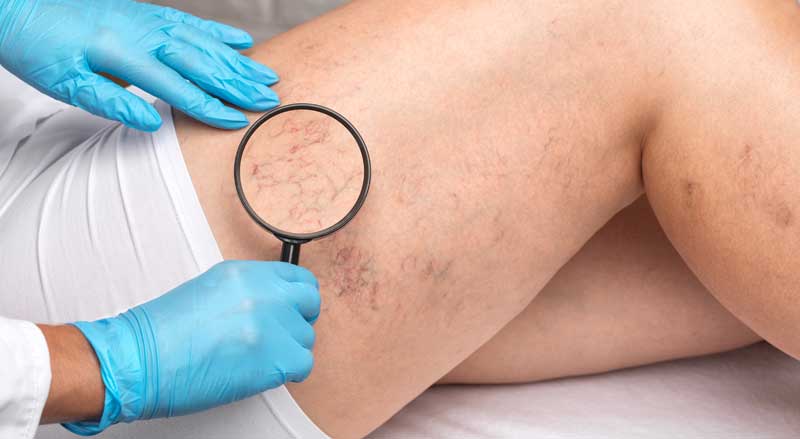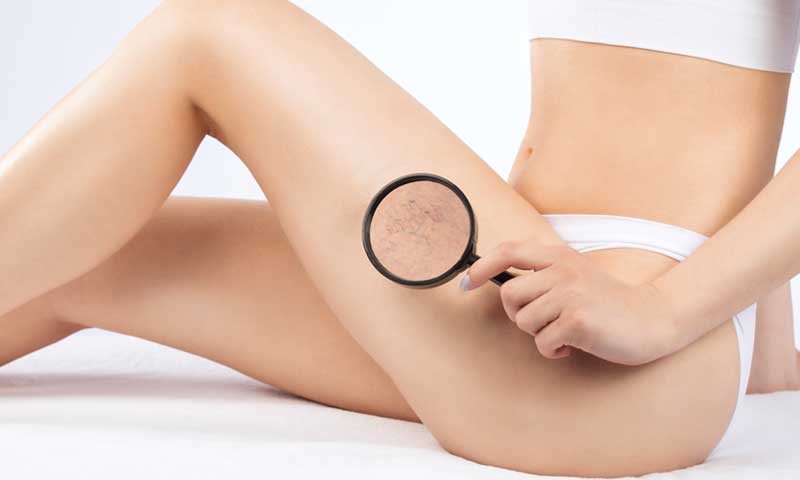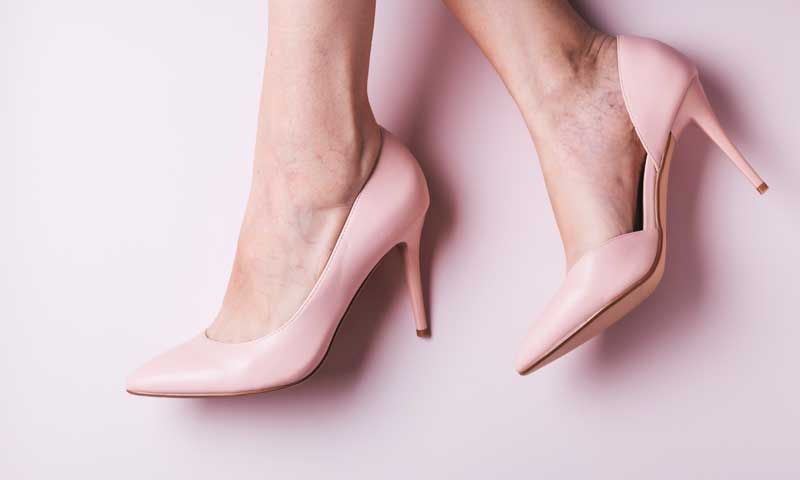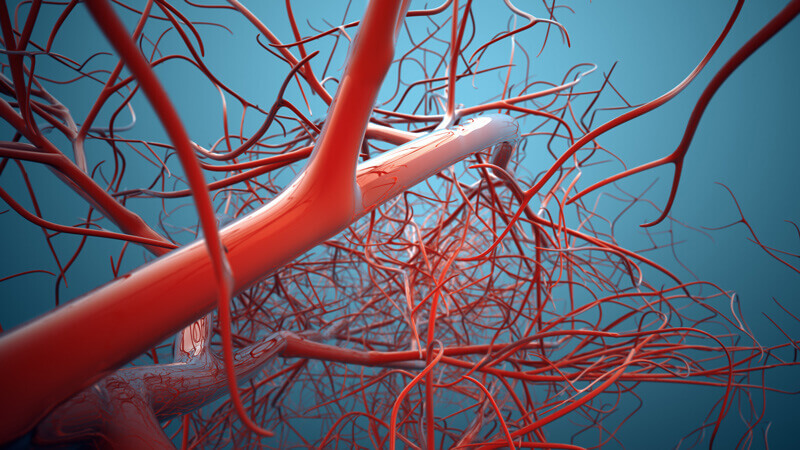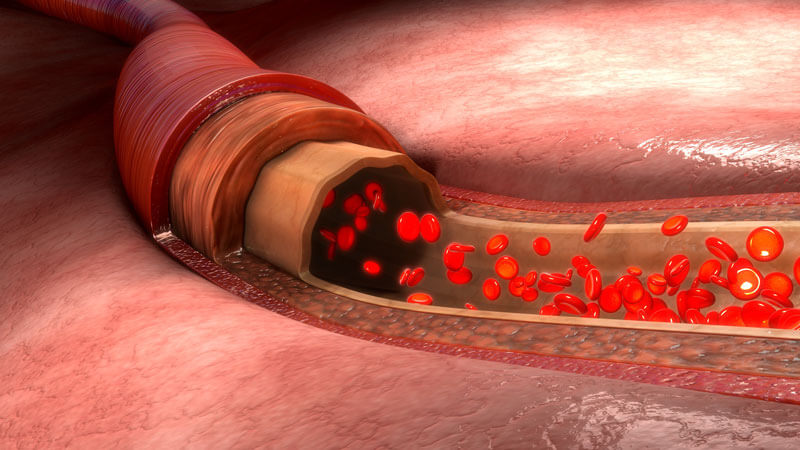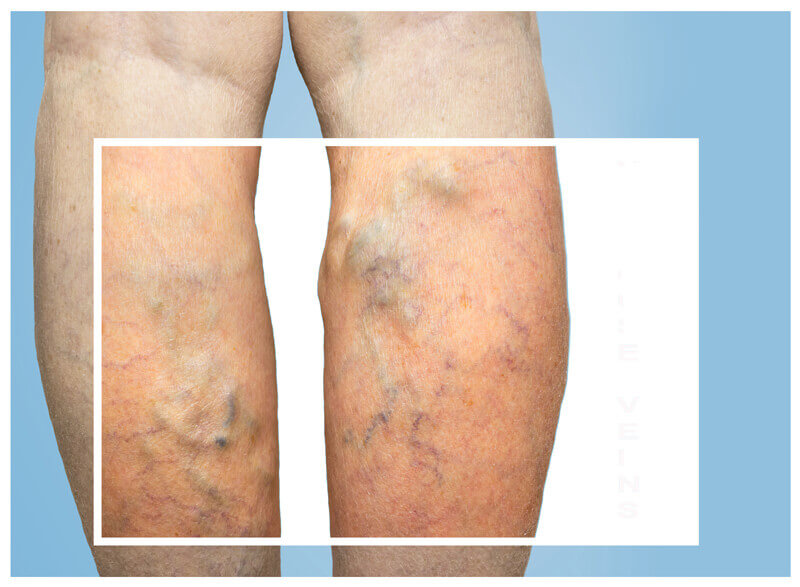The state-of-the-art treatment for eliminating unsightly or bothersome veins is sclerotherapy. This popular, minimally invasive treatment is highly effective in reducing the symptoms and appearance of certain veins. But a common question about sclerotherapy is how long does it last?...
